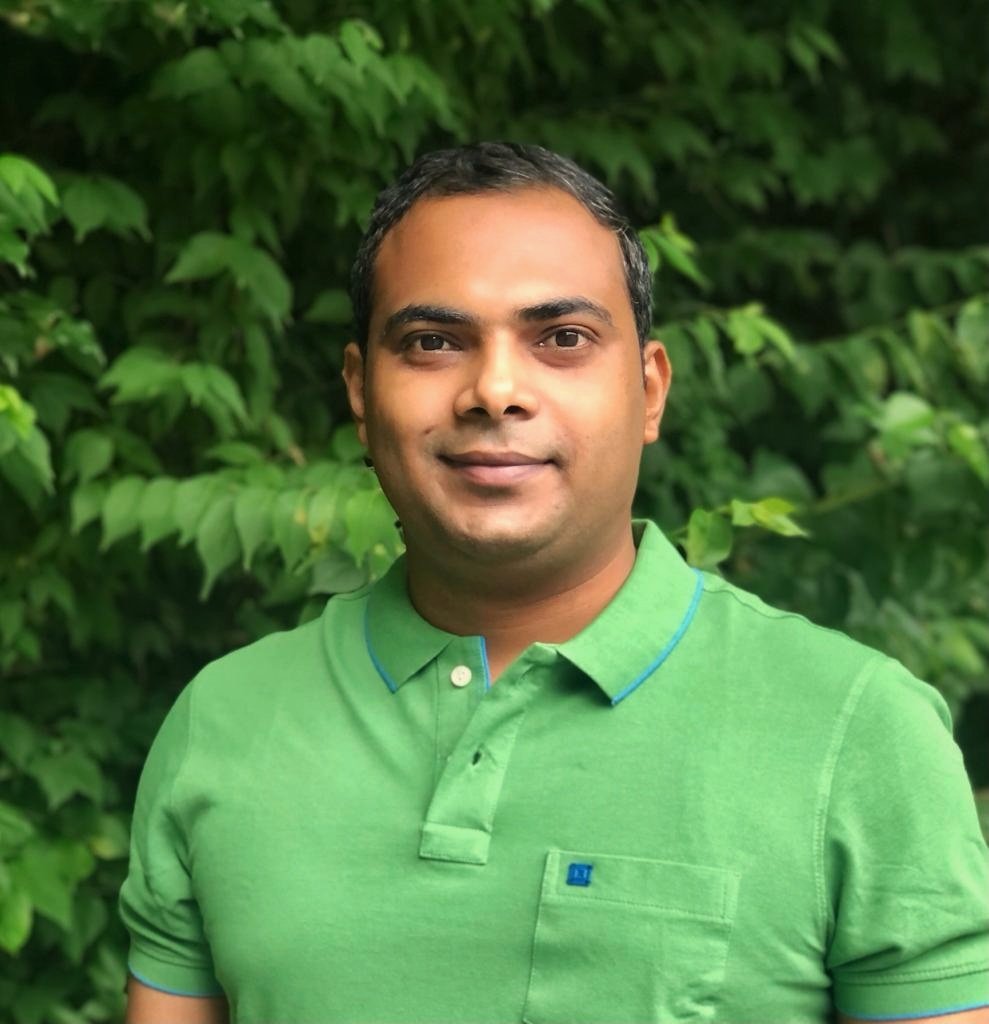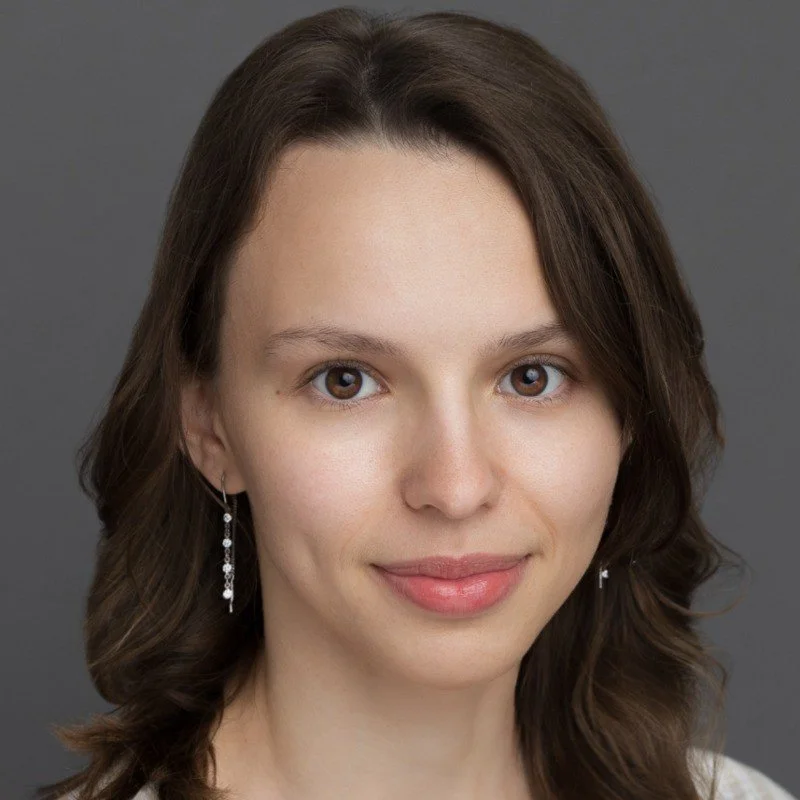Laufer Junior Fellows
-

Dzmitry Padhorny
I work on novel approaches on modeling the biomolecular interactome across the scales, from improving the methodology for modeling the basic binary protein complex to analysis of whole-cell protein/metabolite interactions networks. Currently focused on pushing the limits on the size of the systems we can meaningfully simulate.
-

Ying-Jen Yang
Thermodynamic/energetic principles can be formulated for stochastic dynamical models of complex systems. These principles include fluctuation-dissipation relations, the landscape theory in stochastic thermodynamics, and the statistical thermodynamics of entropic forces. They are formulated purely from time symmetries and the limit theorems of stochastic models and are thus universal. I am interested in developing these theories and applying them to solve problems in cellular biology, neuroscience, and evolution biology.
Research Scientists
-

JiYoung Lee
RESEARCH SCIENTIST
My major area is computational pharmacology, computer-aided drug discovery and development, simulations of protein-protein and protein-ligand interactions applied to membrane proteins. I have been working on allosteric modulation, activation and desensitization of membrane proteins and the development of the interface Pharmmaker for pharmacophore modeling coupled to druggability simulations using DruGUI.
Senior Postdoctoral Associates
-

Rafał Krzysztoń
I am interested in single-cell responses to internal and external signals and in emerging mechanisms governing collective cell behavior. In my endeavors, I use methods of synthetic and quantitative biology (i.e. controlled microenvironments, synthetic gene networks, microfluidics, nanomaterials and quantitative microscopy), complementing standard biological assays. Together with Prof. Dr. Balázsi, we develop gene regulation systems allowing to explore and control cancer metastasis and to counteract viral infection. By monitoring the single-cell expression of disease-related genes and correlating it with phenotype profiles (e.g. cell motility) we aim to gain quantitative insights into emergence and dynamics of those complex pathologies.
-

Anupam Banerjee
I work on the integration of Elastic Network Models (ENMs) into various biological systems, aiming to provide a more comprehensive understanding of the intricate relationship between the structural characteristics and functional properties of biomolecules. My research interests primarily revolve around the advancement of protein engineering frameworks, designed to measure and assess the consequences of diverse modifications on a protein's structural dynamics and functional attributes. Through an interdisciplinary approach, I contribute to shedding light on critical biological mechanisms, aiding in the development of novel therapeutic strategies and a deeper understanding of complex disease processes.
Postdoctoral Associates
-

Anthony Bogetti
I am interested in developing methods for more efficient molecular dynamics simulations that enable more ambitious applications. During my PhD at the University of Pittsburgh in the lab of Lillian Chong, I worked on the weighted ensemble method, which uses splitting and merging to achieve more efficient sampling. I was a core developer of the WESTPA software package for weighted ensemble simulations. As a postdoc, I am now interested in how the MELD sampling strategy, possibly combined with ENM methods, can further enhance molecular dynamics simulations and enable even more ambitious applications.
-

Xiaowei Bogetti
I attained my PhD in the lab of Sunil Saxena at the University of Pittsburgh, where I worked on electron paramagnetic resonance spectroscopy and molecular dynamics simulations. As a postdoctoral researcher in the lab of Ivet Bahar, I am interested in integrating experimental data into computational modeling to achieve a more complete understanding of protein dynamics and interactions.
-

Xin Cao
I am interested in the development of geometric methods to study the structure-function relationship of molecules. By using geometry methods, we have developed a robust numerical algorithm for the solutions of inverse kinematics problems arising in molecular structure studies, and a numerical method to compute the molecular surface areas and volumes which are playing significant roles in the solvation of molecules. My current work focuses on the applications of the methods to the quantitative evaluation of molecular interactions and to the efficient exploration of molecular shape spaces, such as macrocycles, loop regions in proteins, and RNAs.
-

Aslam Uddin
I completed my Ph.D. in Chemistry from IISER Pune in 2024. My research focuses on the aggregation mechanisms of proteins like alpha-synuclein, Aβ42, and gamma-crystallin, which are implicated in Parkinson’s, Alzheimer’s, and cataracts. I am also interested in biomolecular condensates and liquid-liquid phase separation. Characterizing protein condensates and understanding how their conformations and biophysical properties vary between the bulk and condensed phases remain challenging. My research employs high-throughput disulfide scanning to map distinct conformations within biomolecular aggregates and condensates.
-

Lakshman Verma
I am interested in molecular-level motions of chemical, physical, and biophysical systems in solvents which manifest interesting microscopic phenomena such as phase separation, aggregation, and nucleation that eventually dictate macroscopic behaviors. My current work focuses on the development of a statistical mechanical water model which will significantly reduce the time and computational cost required to simulate complex phenomena (e.g. protein-ligand complexation dynamics).
-

Mohamed Swailem
I am interested in using tools from physics and stochastic processes to understand biological evolution and the interaction between species. Biological systems are stochastic and evolution is driven by random mutations, therefore, concepts from statistical mechanics are important in the modelling of ecological systems and their evolution. My current work focuses on the prebiotic co-evolution of functional polymers such as proteins and informational polymers like RNA/DNA, and how their interaction leads to sequence specificity and eventually to the genetic code.
-

Darya Stepanenko
I work on computational modeling of molecular interactions, with a focus on understanding antibody–antigen recognition. Previously, I studied viral fusion mechanism and protein–peptide interactions relevant to vaccine and therapeutic design.
Kozakov Lab